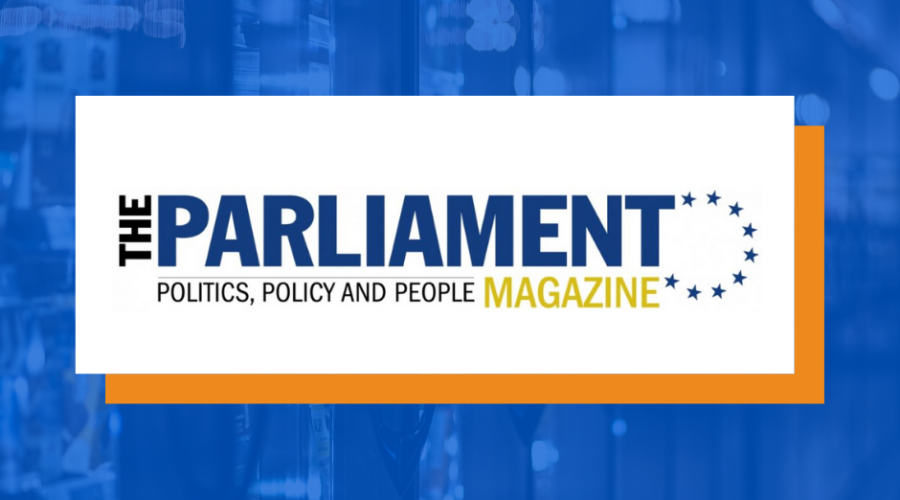Will new EU digital regulations lead us to innovation or stagnation?
A recent event organised by the Consumer Choice Center looked at the role the Digital Services and Markets Acts will play in shaping Europe’s digital innovation future.
In December 2020, the European Commission presented the Digital Services Act (DSA) and Digital Markets Act (DMA). Both are aimed at regulating digital platforms, however, it remains unclear whether they will succeed in boosting innovation in the EU and ensuring fair rules of the game for all participants.
In particular, the DMA puts in place a series of ex-ante restrictions telling tech platforms how to behave and introduces a new “competition tool”. Although noble in its intentions, the worry is that the Act might fail to strike a balance between the need to incentivise European SMEs to innovate while preserving our freedom to choose services delivered by so-called “Big Tech” without excessive burdens.
On 3 March, the Consumer Choice Center hosted a high-level debate on the future of digital innovation in Europe and the role the said acts will play in shaping it. Below are some of the main points raised by our panellists.
“We need to ensure that the DMA doesn’t turn into an anti-American notion. The DMA must not be a protectionist tool used against companies from certain countries, and this is something I will keep an eye on as we move forward with the digital market reform. Digital innovation requires us to stay open, and this is only possible if we cooperate internationally, especially with our democratic partners such as the US. Small players will benefit from this too. However, safeguarding fair competition is pivotal, and that has to be at the centre of our DMA efforts,” said Svenja Hahn, a Member of the European Parliament for Germany (Renew Europe Group).
Eglė Markevičiūtė, Vice Minister at the Ministry of the Economy and Innovation of the Republic of Lithuania, joined the event in her personal capacity to comment on how to improve the alignment on data protection when it comes to the DSA and DMA. “There really is a need for greater flexibility on the enforcement and specific obligations when moving towards a set of criteria that would be applicable over a wide range of platforms and service providers. The goal is not to restrain big online platforms as a source of potential danger but to ensure that consumers as well as small and medium enterprises are protected,” she said.
“Digital innovation requires us to stay open, and this is only possible if we cooperate internationally, especially with our democratic partners such as the US” Svenja Hahn (DE, RE)
“I think the Commission sets out in the DMA to allow platforms to unlock their full potential by harmonising national rules so as to allow end users and business users alike to reap the full benefits of the platform economy and the digital economy at large. What is needed at the EU level is to ensure that harmonisation. To achieve that, I think you have to use objectives and administered rules as you can’t use very subjective or ambiguous standards,” added Kay Jebelli of the Computer & Communications Industry Association (CCIA).
“In the United States we tend to look at things around antitrust or competition using the consumer welfare standard which is basically the question of who’s being harmed. Europe, on the contrary, follows a more precautionary principle that can be summed up as ‘can we get ahead of what we think potential harm might be’, and the American mindset tends to be like ‘why do you want to regulate inefficiency into the system’,” said Shane Tews, a visiting fellow at the American Enterprise Institute.
With the world of technology constantly evolving, it is crucial that the European Union is able to keep up with latest developments, thereby providing European consumers with a wide array of choices.
Originally published here


